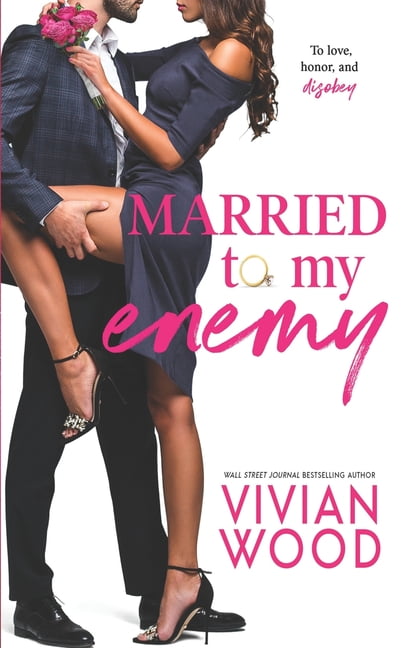
These tropes make for entertaining storytelling, as often the anticipation of romance can be more riveting than the romance itself. There can be overlap between the two situations: For example, the characters may come from conflicting backgrounds and also harbor personal resentment (see much-loved titles such as “ These Violent Delights by Chloe Gong). (Personally, I have grown to despise Maas’s work, but more on that later.) Maas is much-revered, or at least widely known - her books seem to always be on The New York Times Best Seller list. Maas: The hashtag of her name has no less than 284.5 million views on TikTok. BookTok’s favorite author (who utilizes this trope often) is Sarah J. The two protagonists hold disdain and spew vitriol at each other during their initial interactions.

Darcy”: the characters meet, interact, then despise each other based off of first impressions before inevitably falling in love. I’ll refer to it as the “Elizabeth Bennet and Mr. BookTok often recommends books like “ An Ember in the Ashes,” where star-crossed lovers meet, realize they belong to opposing communities, fall in love, fight their communities and eventually prevail (or don’t). Often, the main characters who follow this type of pattern are from different classes, races, ethnicities or communities. These characters don’t genuinely despise each other - they’re scared of what the other person represents. First, we have Shakespeare’s “Romeo and Juliet”: Two lovers from antithetical backgrounds overcome their families’ disdain for each other and fall in love. Within the recommended books tagged Enemies to Lovers, it’s easy to see two different patterns. It’s worth asking: What actually counts as an “enemy”? How does one have an “enemy” - someone harboring just enough hate to despise you - who turns that hate into love so the relationship isn’t cruel and abusive? As TikTok, and by extension BookTok, has grown in the past few years, more and more people are exposed to the commonly promoted trope, leading them to seek it out in the media they consume. Many of us have turned to comforting yet entertaining content, which for book lovers may be young adult fantasy novels, or story and fanfiction-sharing websites such as Wattpad or AO3, on which Enemies to Lovers is a commonly used tag. In this time of quarantine, many of us use art as a form of escapism. Thus, the idea that someone would see your worst qualities and love you regardless is a fantasy that many hold close to their hearts. As people, we hope to be loved for our truest selves, flaws and all. This tweet by a BookTok fan gives us some insight into why we love the trope. Well, one answer is that social media is simply reflective of the humans who use it social media reveals our wants, needs and deepest desires. Why does BookTok find this niche trope so appealing? In fact, the tag #enemiestolovers has 237.3 million views on TikTok.

The Enemies to Lovers, or hate-to-love, trope is incredibly popular on BookTok during the one-minute-long videos where users recommend books, creators are often quick to excitedly tag a book with the Enemies to Lovers gold star.


The most recent literary-focused online community, BookTok has opened up a whole new space for young adults to share their opinions on literature, particularly young adult and new adult fantasy series.īefore exploring BookTok, there’s a particular phrase you should be familiar with: Enemies to Lovers. Most of BookTok, a large book-interest community on the social media platform TikTok, would agree. Review: Being Mary Bennet by J.C.Some say love and hate are the same emotion.


 0 kommentar(er)
0 kommentar(er)
